Anybody who writes a blog that allows comments gets pseudo-comments, otherwise known as spam. Why do spammers want to be published on blogs? I have no idea. As my grandmother used to say, when asked, for instance, how electricity works, “It’s a mystery.” (The Catholic imagination leaves little room for scientific inquiry.)
The language of spammers could be called English as a non-language. No matter how brief a comment, it can be counted on to contain a grammatical error. Its chief characteristic, however, is vagueness. When in doubt, I check the email address. It’s never real.
Below, a sample of comments taken from a typical day. For every comment I publish, there are six or seven I don’t, sometimes more, from spammers. The green circle on the left indicates a published observation. The gold triangle signifies one waiting to join it. In these cases, the wait will last forever.
 Anybody know the motive behind this unending quest to penetrate an art blog?
Anybody know the motive behind this unending quest to penetrate an art blog?



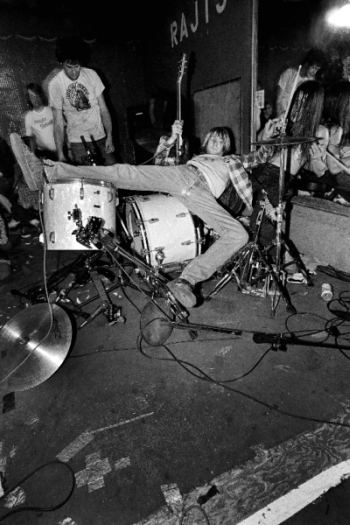 Wheeler cares about relationships, hers to the subject, the subject to the camera, and the subject to the field.
Wheeler cares about relationships, hers to the subject, the subject to the camera, and the subject to the field.
 Wheeler, a couple of years later:
Wheeler, a couple of years later:


 Previous message
Previous message 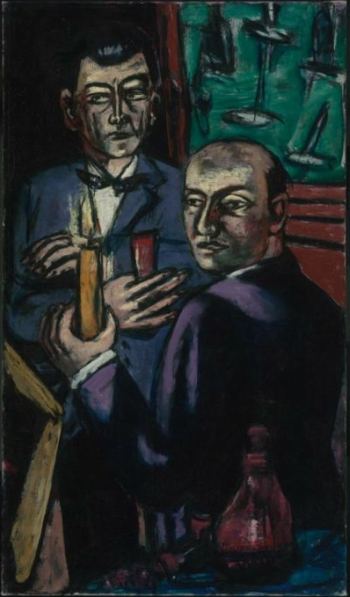 Beckmann, Still Life With Fallen Candles, oil/canvas 1929 Detroit Institute of the Arts (Image
Beckmann, Still Life With Fallen Candles, oil/canvas 1929 Detroit Institute of the Arts (Image Brooklyn’s
Brooklyn’s  Beckmann wasn’t an abstract artist either. Seattle’s
Beckmann wasn’t an abstract artist either. Seattle’s 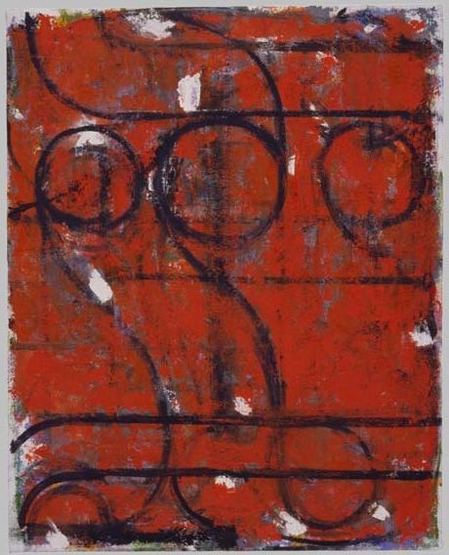
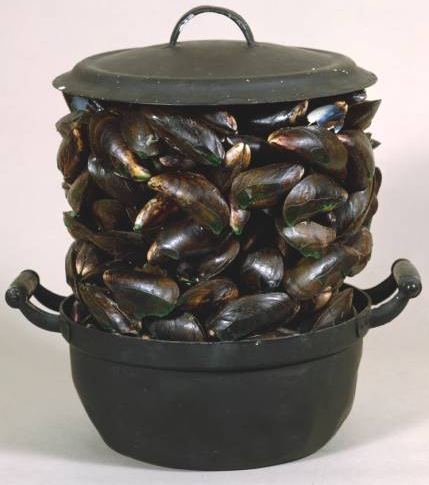
 Of course, the outdated machine he chose has already unraveled as a kind of signature for
Of course, the outdated machine he chose has already unraveled as a kind of signature for 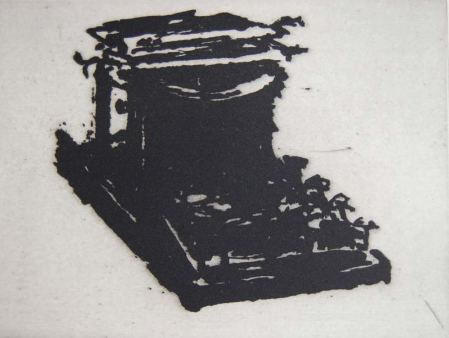
 What notebook has ever loved you more?
What notebook has ever loved you more? Both images from
Both images from 


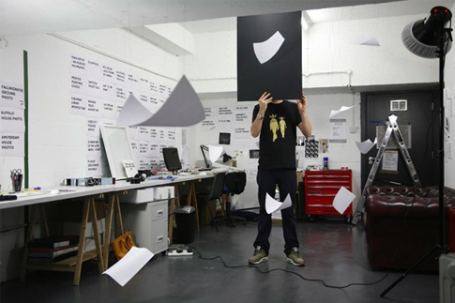 He failed to achieve a likeness, but his documentation of that failure is robust.
He failed to achieve a likeness, but his documentation of that failure is robust.